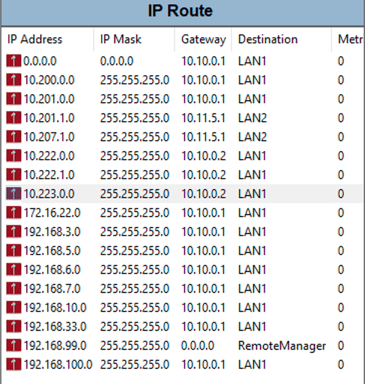I know enough to be dangerous when it comes to IP routing (I installed the very first cisco router at Chevron with 55,000 employees in 1990), but complex VPN's are on a whole new technical level.
We have one centrally located IP Office500V2
If our end stations are using a point to point VPN to reach our corp network, then routed to the switch to dial out which uses a SIP trunk line to call out over our SIP provider's network - by definition, aren't they are using a VCM in the switch? would direct media path benefit us in any way in this scenario?
Also, Once we started adding remote locations over site to site VPNs, we had to disable direct media path on all our deskphone extensions for audio to work on all internal calls to those remote site deskphones. We never did go further than that in investigating why, but clearly, it is a routing problem as described above.
I've been
assured (not a strong enough word) by my CTO that he knows what he's doing wrt routing and keeping things more simple with each endpoint now using a personal VPN on their desktops, so many to one, hence why he says he set the routing entries on the switch on LAN2.
If we don't derive any benefit other than my internal calls being "better" then I'm going to recommend we leave well enough alone and not slay this dragon today as we already use the G711 codec on all calls as we have plenty of BW for it and they sound ok.
I'm curious as to why we even need to have LAN2 enabled to begin with rather than just using one default route as Janni78 points out.
I know this is complex, and to get it working, each VPN endpoint would need the ability to pass RTP to each other to establish that direct media path, not a trivial exercise. I personally find this topic very interesting, and I'm sure others are battling the same issues, either today or soon.
Jeff
Interesting info I found on comparing G729 and G711 codecs and bandwidth usage





